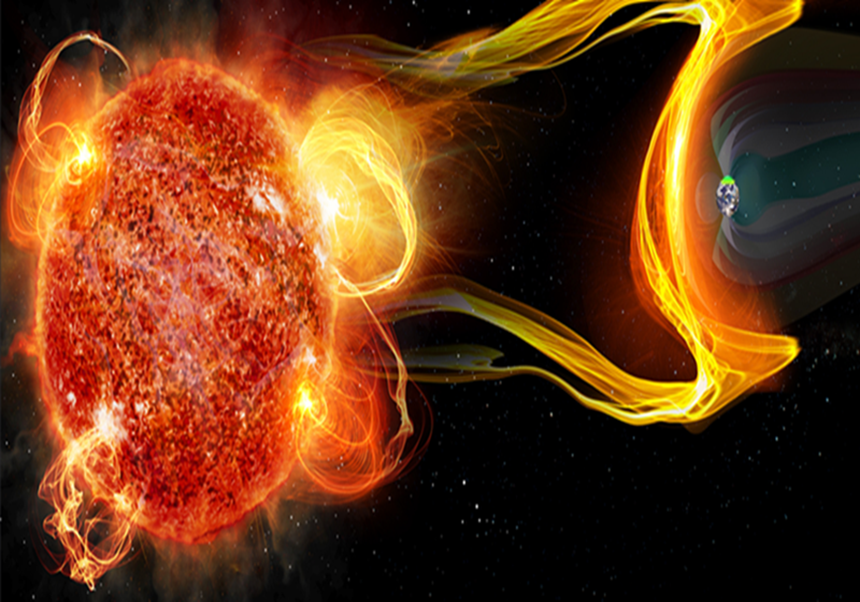
Titol: Radio signatures of magnetic star-planet interaction
Lloc: Seminari del DAA. Edifici Investigació Jeroni Muñoz, planta quarta, a Burjassot.
Dia: dimecres 25 de juny de 2025. Hora: 12:00.
Resum:
Magnetic interactions between an exoplanet and the stellar wind of its host star can generate distinct auroral radio emissions through the electron-cyclotron maser (ECM) mechanism. This phenomenon is analogous to the well-known interactions between Jupiter and its major moons, such as Io. Such interactions only take place when a planet resides within the Alfvén surface, where the magnetic energy density surpasses the kinetic energy of the stellar wind. The resulting radio emissions are characterized by their time variability, high level of circular polarization, and coherence. Detecting these emissions would establish radio astronomy as a new, independent method for exoplanet detection, which would be uniquely capable of studying planetary magnetic fields, offering unique insights into the internal structure of exoplanets and even their potential habitability.
Sub-Alfvénic magnetic star-planet interactions (SPI) involving close-in planets and M dwarfs could produce detectable radio signals at frequencies from hundreds of MHz to a few GHz, which are within the capabilities of current radio telescopes. While most radio detections to date are tentative, systems such as Proxima Centauri, GJ 1151, and YZ
Ceti have emerged as promising candidates. This work presents findings from radio campaigns targeting GJ 486 and Proxima Centauri using several radio interferometers to search for SPI-induced radio emissions. Additionally, I introduce SIRIO, a computational tool developed during my PhD research, which evaluates the feasibility of SPI and calculates the corresponding radio emissions.
Finally, I discuss results from magnetohydrodynamic (MHD) simulations that explore the interactions between the magnetosphere of Proxima b and the stellar wind of its host star. These simulations provide insights into how such interactions influence the habitability of the exoplanet and the detectability of auroral radio emissions.






